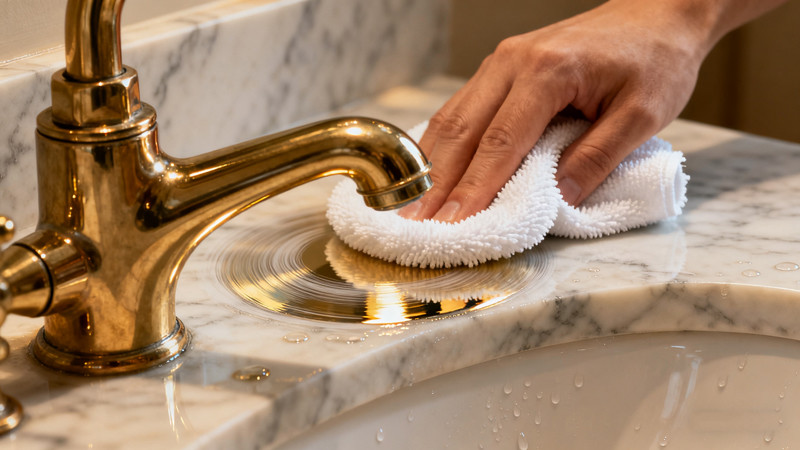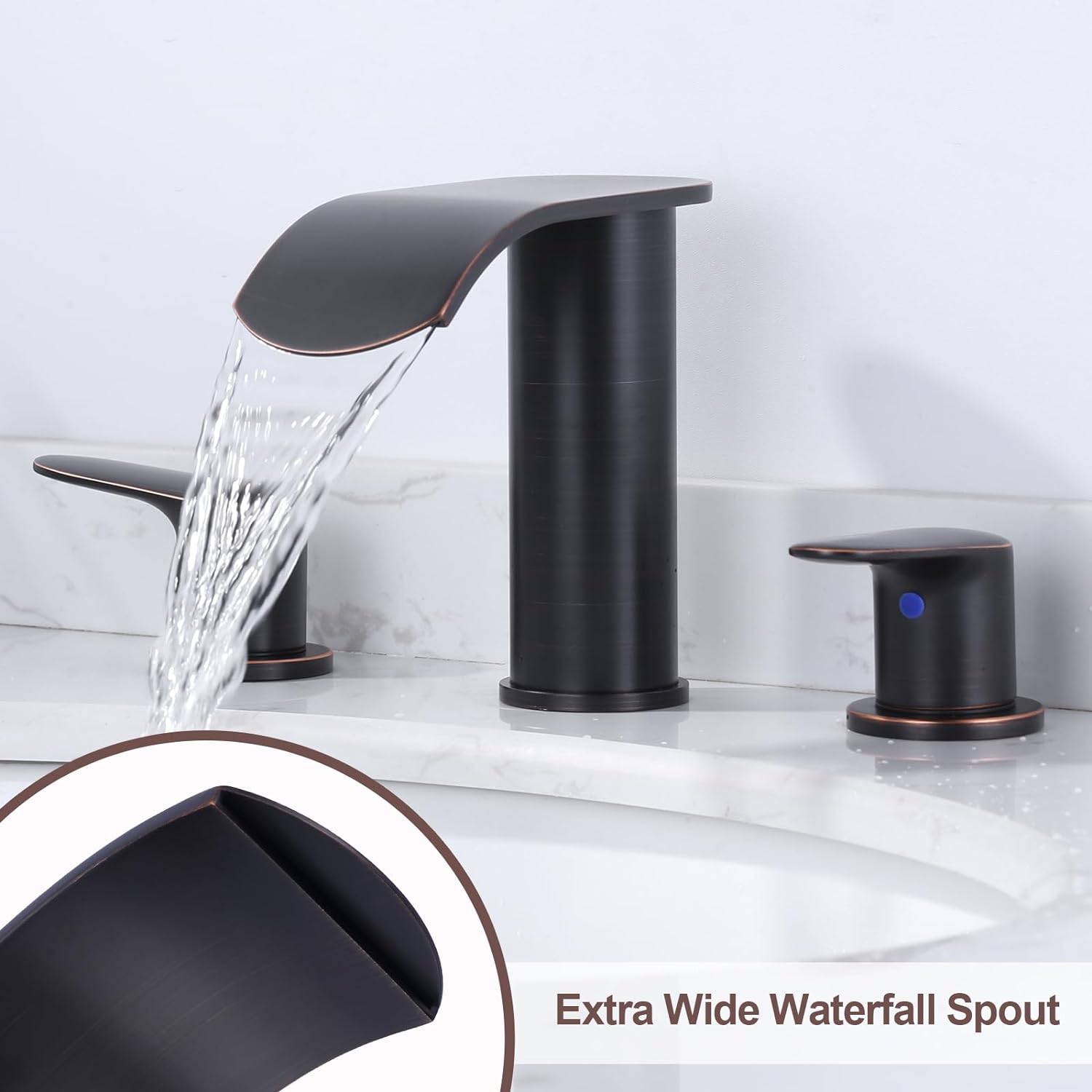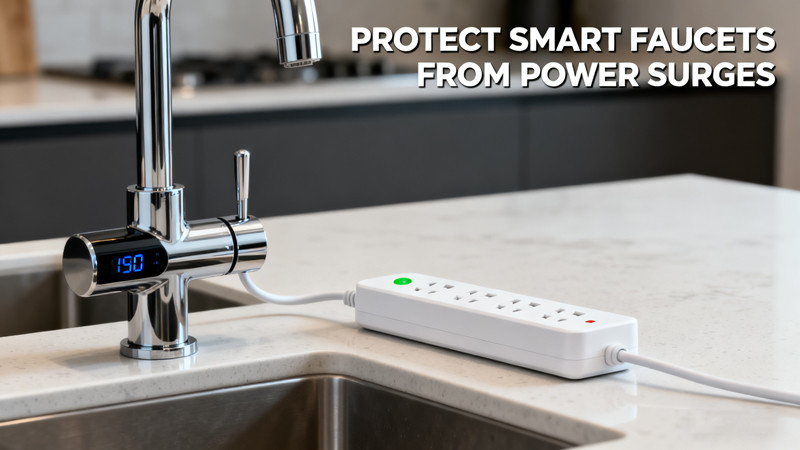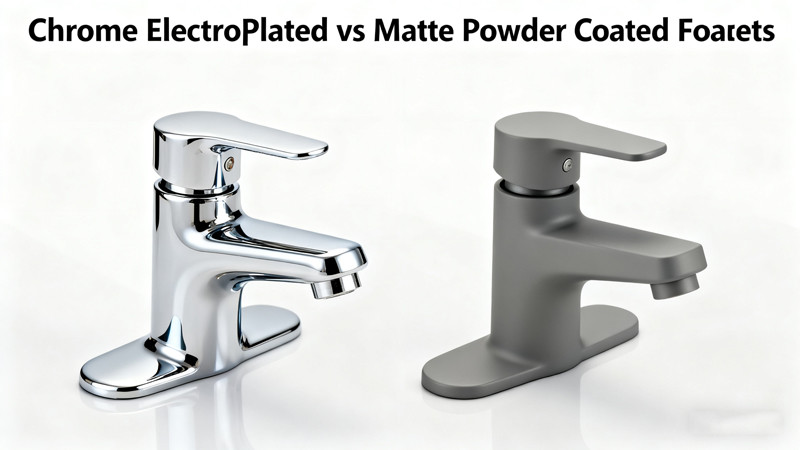Brass faucets bring a timeless touch of elegance to kitchens and bathrooms. Their golden hue, classic appeal, and sturdy build make them a favorite among homeowners and designers alike. However, one challenge that comes with owning brass fixtures is maintaining their bright, polished appearance over time. Without proper care, brass tends to develop oxidation—a dull, tarnished layer that can make even the most luxurious faucet look aged and neglected.
Fortunately, oxidation on brass is not inevitable. With the right preventive measures and maintenance habits, you can preserve your faucet’s brilliance for years. In this guide, we’ll explain what causes brass oxidation, how to prevent it, and how to keep your brass faucets shining like new.
Understanding Brass Oxidation
Brass is an alloy made primarily of copper and zinc. While durable and corrosion-resistant, the copper in brass naturally reacts with oxygen and moisture in the air. Over time, this reaction produces a layer of copper oxide—commonly known as tarnish or patina. This oxidation appears as a dull brown, green, or even black discoloration on the surface.
For some homeowners, this natural patina is part of brass’s charm—it gives the metal an antique look. But for those who prefer the gleaming gold finish, oxidation is an unwelcome sight. The good news? It’s preventable with consistent care and the right protective methods.
Why Brass Faucets Oxidize
Several factors accelerate the oxidation process on brass faucets:
- Moisture and Humidity: Bathrooms and kitchens are naturally humid environments. Constant exposure to water droplets and steam speeds up the oxidation reaction.
- Acidic or Harsh Cleaners: Cleaning products containing ammonia, bleach, or acids strip the protective finish from brass, leaving it more vulnerable to tarnish.
- Fingerprints and Oils: Natural oils and acids from your skin can corrode brass over time, causing uneven discoloration.
- Hard Water: Minerals in hard water leave behind deposits that react with the metal surface, dulling the shine and encouraging oxidation.
- Lack of Protective Coating: Some brass faucets are unlacquered, meaning they lack a protective sealant. These age faster but can be maintained with regular polishing.
1. Identify Your Brass Type: Lacquered vs. Unlacquered
Before you begin any maintenance routine, determine whether your brass faucet is lacquered (coated) or unlacquered (bare metal).
- Lacquered brass has a clear protective layer that shields it from air and moisture. It’s low-maintenance but can be damaged by abrasive cleaners or scrubbing.
- Unlacquered brass lacks this coating and will naturally darken over time. However, it can be easily polished and restored whenever needed.
To check, rub a small, inconspicuous area with a soft cloth and mild polish. If the cloth picks up a golden residue, your brass is unlacquered. If nothing comes off, it’s likely lacquered.
2. Clean Regularly to Prevent Oxidation Buildup
The easiest way to prevent oxidation is through regular cleaning. Dirt, soap scum, and mineral deposits hold moisture against the brass, accelerating tarnish. To maintain a fresh shine, follow this simple routine:
- Wipe your faucet daily with a soft, dry cloth to remove water spots and fingerprints.
- Once or twice a week, clean it using warm water and mild dish soap. Dip a soft cloth in the soapy water, gently wipe the surface, and dry immediately.
- Avoid using harsh chemical cleaners, abrasive sponges, or steel wool—they can scratch the brass and remove protective finishes.
This gentle cleaning approach keeps oxidation-causing elements away without damaging the faucet’s finish.
3. Apply a Protective Wax or Sealant
For unlacquered brass faucets, one of the best ways to slow oxidation is by applying a protective wax or sealant. Products like carnauba wax or microcrystalline wax create an invisible barrier that repels moisture and air, keeping the brass bright for longer.
Here’s how to do it:
- Clean the faucet thoroughly to remove dirt and old polish.
- Apply a thin layer of wax using a soft cloth or sponge.
- Let it dry for a few minutes, then buff gently with a clean microfiber cloth until it shines.
Repeat this process every few months for the best protection. Waxing not only prevents oxidation but also adds a silky, fingerprint-resistant sheen.
4. Avoid Harsh Chemicals and Acids
Many commercial cleaners—especially those designed for general metal or bathroom cleaning—contain ingredients that can damage brass. Ammonia, bleach, and acidic agents dissolve protective coatings and expose raw brass to oxidation. Instead, use pH-balanced, non-abrasive cleaners specifically made for brass or mild homemade alternatives.
For light tarnish removal, you can use a natural cleaning paste made from:
- 1 tablespoon baking soda
- ½ tablespoon lemon juice or white vinegar
- Mix until a paste forms, apply gently with a soft cloth, then rinse and dry thoroughly.
This method lifts tarnish without harming the metal’s surface.
5. Keep Faucets Dry After Use
Water is the main culprit behind oxidation. Each time you use the faucet, water droplets remain on the surface and react with the metal. To prevent this, make it a habit to wipe the faucet dry after every use. A quick polish with a microfiber cloth takes only seconds but significantly reduces oxidation over time.
If you live in a humid climate or have hard water, this step becomes even more important. Consider using a water softener to reduce mineral content, which also helps protect both brass and other plumbing fixtures.
6. Polish Periodically to Maintain Shine
Even with regular cleaning and waxing, unlacquered brass faucets may develop mild oxidation over time. Regular polishing restores their gleam and removes surface tarnish before it sets in. Use a brass polish or a homemade mixture of lemon juice and baking soda.
Apply polish with a soft cloth, rub gently in circular motions, and buff with a clean towel. Avoid electric polishers or harsh abrasives, which can wear down the brass layer and expose the underlying metal.
7. Handle with Care
Fingerprints, soap residue, and oil from hands contribute to uneven oxidation. Encourage everyone in the household to operate faucets with clean, dry hands. When cleaning, avoid touching the faucet directly after applying lotion or cleaning agents—residues can accelerate tarnish formation.
8. Reapply Lacquer if Needed
For lacquered brass faucets, once the protective coating wears off, oxidation will quickly begin. If you notice dull or uneven spots, it might be time to reapply lacquer. You can do this yourself:
- Strip the old, damaged lacquer with a gentle lacquer remover.
- Clean the brass and polish it until it’s perfectly smooth.
- Apply a thin, even coat of clear lacquer spray designed for metal surfaces.
- Let it dry completely before use (usually 24 hours).
Re-lacquering can extend the lifespan of your faucet’s finish by several years, making it a worthwhile occasional maintenance step.
Final Thoughts
Brass faucets are beautiful, durable, and timeless—but they do require care to maintain their signature shine. Oxidation is a natural process, but it doesn’t have to dull your faucet’s elegance. By keeping your brass clean, dry, and protected with wax or lacquer, you can prevent oxidation and preserve that golden glow for decades.
In short, consistent maintenance is the secret: gentle cleaning, protective coating, and mindful use. Treat your brass faucets with a little extra attention, and they’ll reward you with years of stunning, corrosion-free brilliance that elevates the entire look of your bathroom or kitchen.
 WOWOW Faucets
WOWOW Faucets







您好!Please sign in